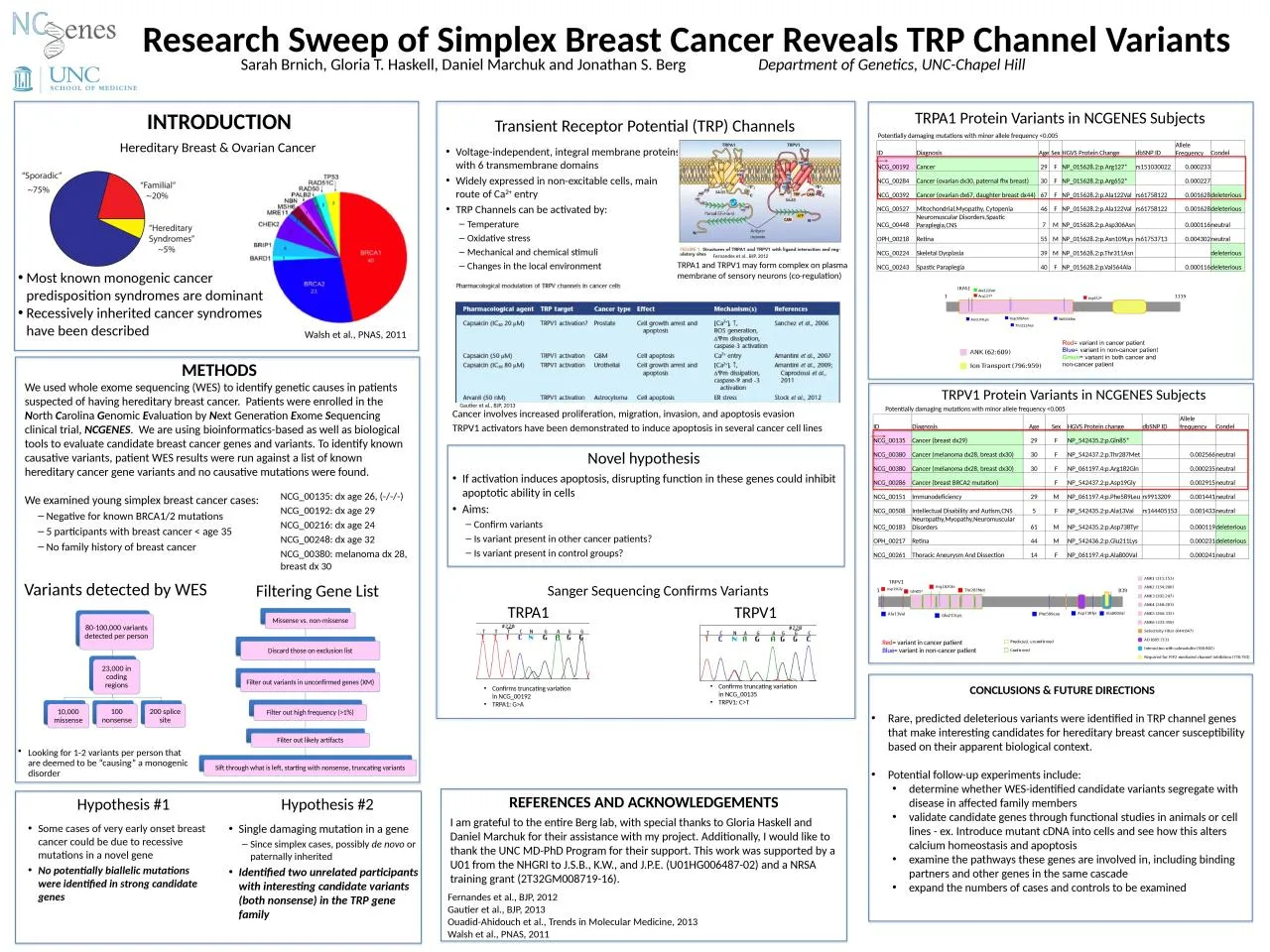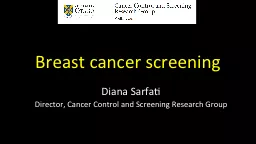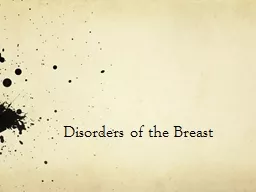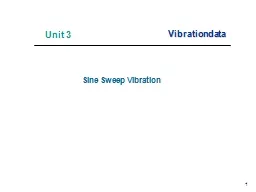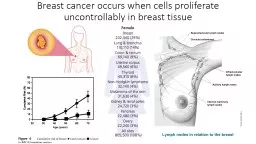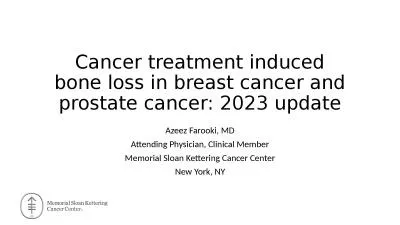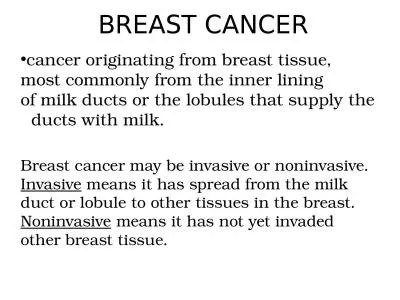PPT-Research Sweep of Simplex Breast Cancer Reveals TRP Channel Variants
Author : susan | Published Date : 2022-06-01
Sarah Brnich Gloria T Haskell Daniel Marchuk and Jonathan S Berg Department of Genetics UNCChapel Hill INTRODUCTION METHODS We used whole exome sequencing
Presentation Embed Code
Download Presentation
Download Presentation The PPT/PDF document "Research Sweep of Simplex Breast Cancer ..." is the property of its rightful owner. Permission is granted to download and print the materials on this website for personal, non-commercial use only, and to display it on your personal computer provided you do not modify the materials and that you retain all copyright notices contained in the materials. By downloading content from our website, you accept the terms of this agreement.
Research Sweep of Simplex Breast Cancer Reveals TRP Channel Variants: Transcript
Download Rules Of Document
"Research Sweep of Simplex Breast Cancer Reveals TRP Channel Variants"The content belongs to its owner. You may download and print it for personal use, without modification, and keep all copyright notices. By downloading, you agree to these terms.
Related Documents

